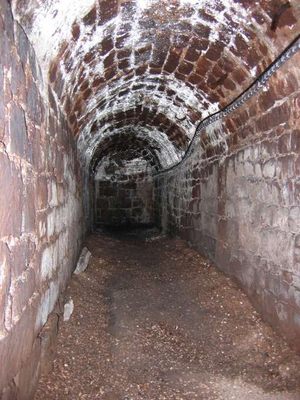About
Rumored to be the product of civil war, or as a refuge during a plague, the Exeter Underground Passages had brushes with both, but were actually constructed with the simple goal of delivering clean water.
Built in the 14th century the crude, narrow tunnels run under a large portion of the city of Exeter. When they were constructed, the shafts actually ran past the city limits under the protective outer wall to natural springs which would provide the citizens behind the wall with clean drinking water, a precious commodity in medieval times. The passages are short and tight which made work in the tunnels a cramped and uncomfortable business. When civil war did finally come to the city, many of the tunnels and chambers were bricked up to prevent them being used as a military backdoor. The water works were reopened after the fighting stopped and the aging tunnels were continually improved upon over the centuries, eventually incorporating England's first use of cast iron piping.
When a cholera plague hit the city in the 1800's it was decided that the water system needed a full overhaul and a number of new water sources were created, and Exeter slowly weaned itself off of the natural well. In 1901, the passages were finally closed down completely and they were quickly forgotten.
The passages were reopened in 1992 as a historical attraction. Now visitors can explore the tunnels via guided tours and learn about the history of the passages in the modern information center. Walking through the historical subterranean warren can be thirsty work, but visitors should bring their own water.
Related Tags
Published
October 16, 2013





















